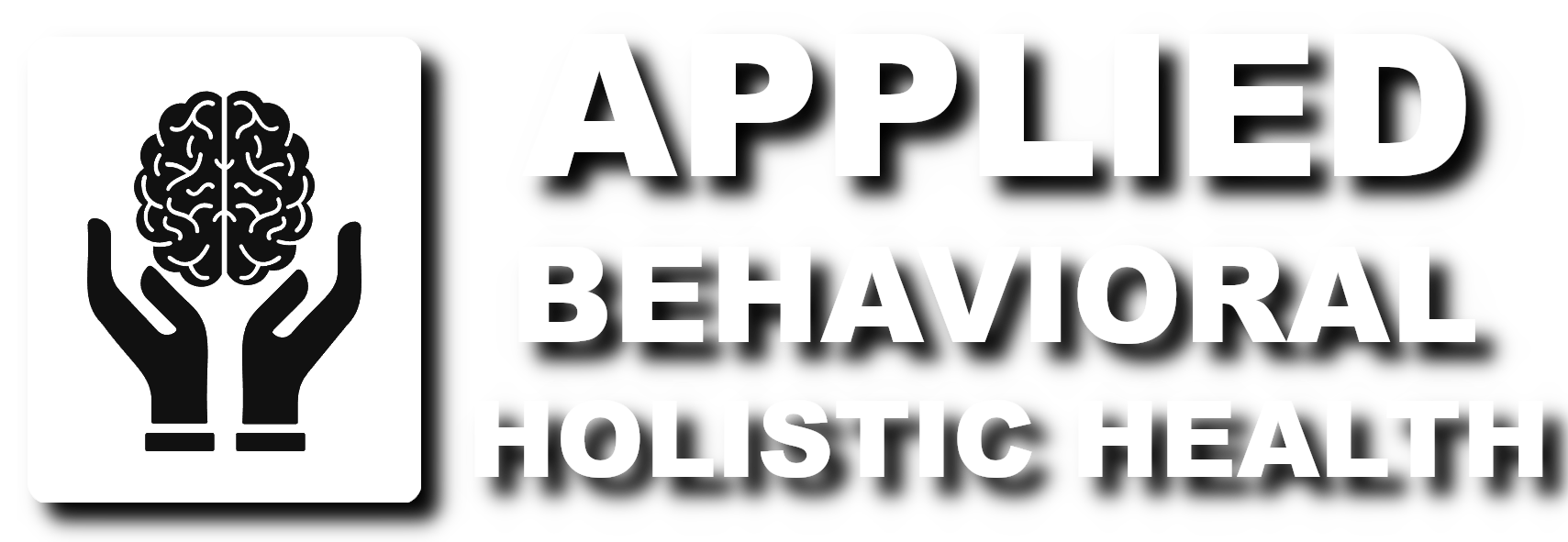Practical Tips and Advice:
– Seek Professional Evaluation: If you suspect you might be on the spectrum, consider consulting a healthcare professional for a formal assessment. Tools like the RAADS-R test can provide preliminary insights.
– Explore Support Resources: Join support groups or visit websites like [Autism Speaks](https://www.autismspeaks.org/) and [National Autistic Society](https://www.autism.org.uk/) for information and community.
– Develop Coping Strategies: Create a structured routine, practice self-care, and use strategies to manage sensory sensitivities.
– Address Employment Challenges: Request accommodations at work, develop communication skills, and adapt your work environment to reduce sensory overload.
– Educate Yourself and Others: Learn about ASD to understand your experiences better and inform those around you for increased support.
– Reflect and Adapt: Use self-reflection tools like journaling to track symptoms and coping mechanisms. Adjust your environment at home or work to minimize sensory overload and improve comfort.
– Seek Specialized Therapies: Consider therapies such as occupational therapy to address sensory processing issues or behavioral therapy to manage specific challenges and improve skills.
– Engage with Your Community: Participate in community activities that match your interests to build connections and foster a sense of belonging.
– Stay Informed: Keep up with the latest research and developments in ASD to learn about new strategies and treatments.
– Practice Patience and Self-Compassion: Be kind to yourself as you navigate your experiences. Everyone’s journey with ASD is unique, and it’s important to find what works best for you.
Take the Next Step:
Understanding whether you might be on the Autism Spectrum can be a crucial step in gaining clarity and finding the right support. If you relate to many of the symptoms or challenges described, consider exploring a diagnostic test like the RAADS-R, which can provide further insights.
By taking these steps, you can gain a better understanding of yourself and find strategies to improve your quality of life. Remember, you’re not alone in this journey, and there are resources and support available to help you along the way.
For more information and resources, visit [Autism Speaks](https://www.autismspeaks.org/) and [National Autistic Society](https://www.autism.org.uk/).
References:
– Autism Speaks. (n.d.). Retrieved from (https://www.autismspeaks.org/what-autism)
– Centers for Disease Control and Prevention (CDC). (n.d.). Autism Spectrum Disorder (ASD). Retrieved from (https://www.cdc.gov/ncbddd/autism/facts.html)
– Journal of Autism and Developmental Disorders. (n.d.). Retrieved from (https://link.springer.com/article/10.1007/s10803-015-2450-2)
– National Autistic Society. (n.d.). Retrieved from (https://www.autism.org.uk/)
– National Institute of Mental Health. (n.d.). Autism Spectrum Disorders (ASD). Retrieved from (https://www.nimh.nih.gov/health/topics/autism-spectrum-disorders-asd)
– Sensory Integration Education. (n.d.). Retrieved from (https://www.sensoryintegrationeducation.com/)



